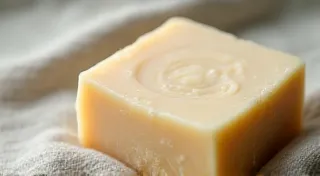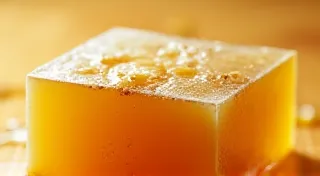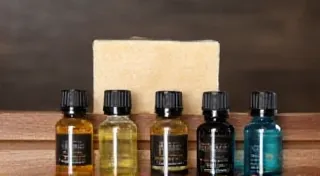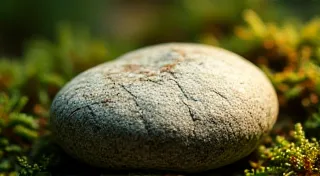Working with Botanical Inclusions: Flowers, Herbs, and More
Adding botanical inclusions to your soap is a beautiful way to elevate your artisan soapmaking. Flowers, herbs, and other plant materials not only enhance the visual appeal of your soap but can also contribute beneficial properties like soothing scents or gentle exfoliating textures. This guide explores how to successfully incorporate these natural treasures into your soap recipes. For those new to the process, understanding the core principles of soapmaking can be incredibly helpful; you can dive deeper into soapmaking techniques and learn about swirling, marbling, and other design elements to truly master the craft.
Why Use Botanical Inclusions?
- Aesthetics: Botanical inclusions create visually stunning soaps that stand out.
- Natural Benefits: Many botanicals offer properties beneficial to the skin, such as calming scents (lavender), gentle exfoliation (rose petals), or antioxidant properties.
- Unique & Personalized Soaps: Botanicals allow for an unparalleled level of personalization and creativity in your soapmaking.
Understanding the Challenges
Working with botanicals in soap isn’t always straightforward. Some common challenges include:
- Color Bleeding: Certain botanicals can bleed color into your soap batter, altering the intended hue.
- Mold & Mildew: Moisture content in fresh botanicals can promote mold and mildew growth in your soap.
- "Floating" or "Popping": Botanicals can sometimes float to the surface during saponification or become dislodged during curing.
Drying & Preservation: The Key to Success
Proper drying and preservation are absolutely essential for successfully incorporating botanicals into your soap. It's critical to understand the chemical reaction that takes place during soapmaking to optimize botanical preservation. Exploring the science of saponification can provide a fundamental understanding of how botanicals interact within the soapmaking process. Here's a breakdown of techniques:
1. Drying Flowers
Drying flowers is crucial to prevent mold and mildew. There are several methods:
- Air Drying: Hang flowers upside down in a dark, dry, well-ventilated area. This can take several days to weeks depending on the flower type.
- Silica Gel: Bury flowers in silica gel crystals until completely dry. This is faster than air drying and helps preserve color.
- Oven Drying: Use a low oven temperature (around 170°F/77°C) for a few hours, checking frequently. (Not recommended for delicate flowers).
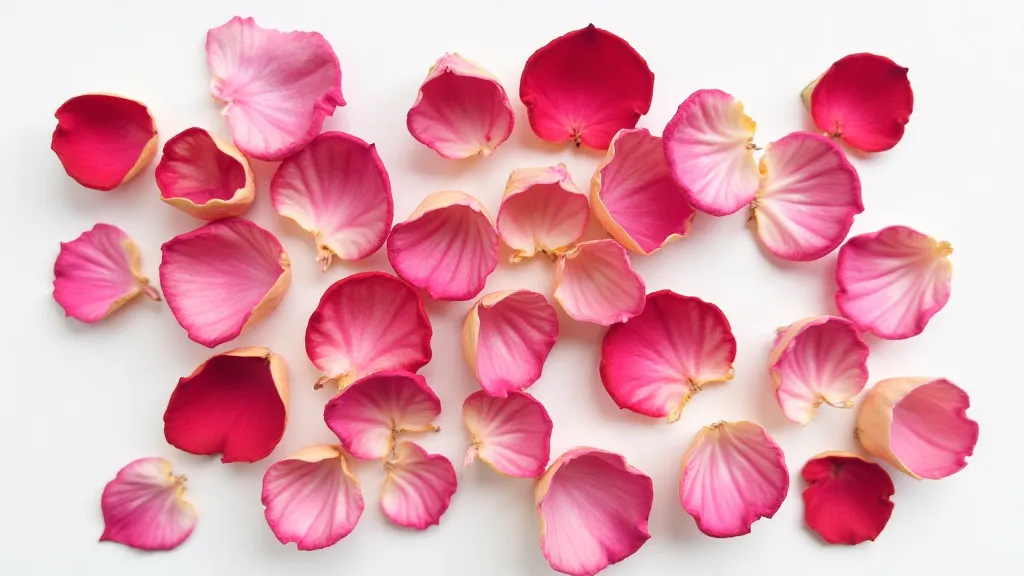
2. Preparing Herbs
Most herbs can be dried similarly to flowers. For herbs with strong stems (like rosemary or thyme), crush them slightly to release more fragrance. Experimenting with different herb combinations can also complement a more rustic aesthetic. Many soapmakers find that channeling natural elements and creating rustic soap designs enhances their creations.
3. Using "Pre-Dried" Botanicals
Many suppliers offer pre-dried botanicals, which are a convenient option. Ensure the supplier is reputable and the botanicals are properly preserved. This is especially helpful for those focusing on creating soap suitable for sensitive skin. Proper formulation and ingredient selection are critical when targeting individuals with soapmaking for sensitive skin.
Incorporation Techniques
Once your botanicals are dry, here are several ways to incorporate them into your soap:
- Layering: Add botanicals to different layers of your soap batter for a layered effect.
- Swirls: Mix botanicals into a small portion of your batter and swirl it into the main batch.
- Embedding: Scatter botanicals across the surface of the soap after pouring into the mold. These will be visible on the face of the soap.
- Confetti Effect: Lightly sprinkle botanicals across the surface of the soap.
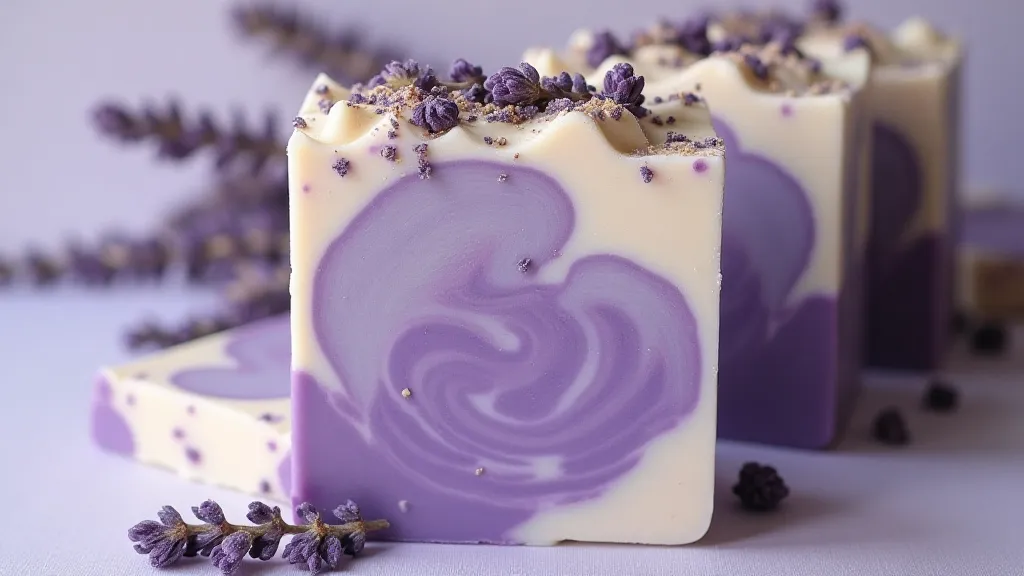
Specific Botanical Considerations
Beyond drying and incorporation, understanding the nuances of individual botanicals is key to successful soapmaking. Consider the impact of each element on the final product.
- Rose Petals: Can bleed pink color. Use sparingly or choose a variety known for less bleeding. The delicate nature of rose petals necessitates careful handling and preservation.
- Calendula: Provides a beautiful orange hue and soothing properties. Be mindful of potential color bleed when combining with other ingredients.
- Chamomile: Contributes a gentle, calming scent. Its subtle fragrance blends well with other calming botanicals like lavender.
- Lavender: A classic choice for fragrance and relaxation. Consider using different varieties of lavender for variations in scent profile and color.
- Rosemary: The strong scent and potential for discoloration need to be carefully managed. Crushing the leaves before incorporation helps release more fragrance, but increases the risk of color bleed.
- Peppermint: Offers a refreshing scent and can create a cooling effect. Use sparingly, as it can be overpowering.
- Marigold: Provides vibrant color and is known for its skin-soothing properties.
- Chamomile (Roman): Has a sweeter, apple-like scent compared to German chamomile, offering a more nuanced fragrance profile.
Tips for Success
Creating beautiful soaps with botanical inclusions involves more than just following a recipe. It requires understanding the properties of the ingredients and anticipating potential challenges. With practice and experimentation, you can consistently produce stunning and beneficial artisan soaps.
- Start Small: Experiment with small batches to determine how botanicals affect your soap's appearance and properties. A smaller batch allows for quicker experimentation and minimizes potential waste.
- Record Your Process: Keep detailed notes on the botanicals used, drying methods, and incorporation techniques. Documenting your process is vital for replicating successful batches and identifying areas for improvement.
- Proper Storage: Store your dried botanicals in airtight containers in a cool, dark place. Proper storage prevents moisture absorption and preserves their fragrance and color.
- Consider Using a Silicone Mold: Silicone molds are easier to release from, which helps preserve the botanical inclusions. The flexibility of silicone molds allows for more intricate designs and reduces the risk of damage during release.
- Understand Botanical Interactions: Some botanicals can react with each other or with other soap ingredients. Research potential interactions before combining ingredients. For instance, strong-colored botanicals might influence the overall soap color.
- Mold Prevention is Key: Even with thorough drying, there's a risk of mold growth. Additives like rosemary oleoresin extract (ROE) can act as natural mold inhibitors.
- Color Stability: Be prepared to adjust your colorants if botanicals are influencing the soap's hue. A little extra mica or natural pigment may be needed to achieve the desired color.
- Cure Time Considerations: Botanicals might slightly affect the soap’s cure time. Keep this in mind when planning your production schedule.
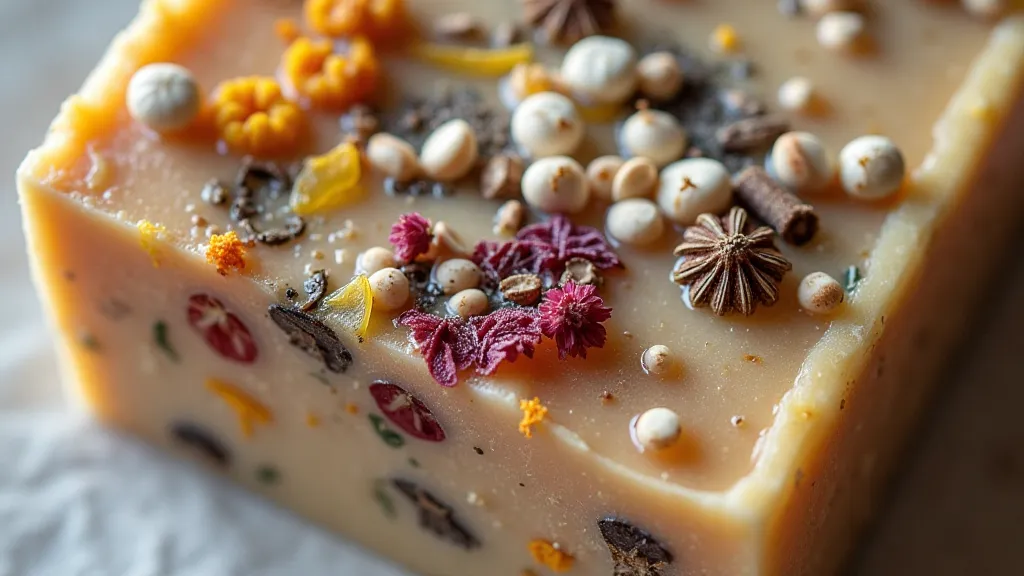
By understanding the challenges and following these techniques, you can create stunning and beneficial artisan soaps with beautiful botanical inclusions!
